Моника Левински: Я не собираюсь менять фамилию

Моника Левински призналась Porter Magazine, что не сменит свою фамилию, несмотря на то, что после романа с бывшим президентом США Биллом Клинтоном в 1998 году, ее репутация загублена.
С момента скандала прошло 16 лет. Все это время Моника пытается хоть как-то наладить свою новую жизнь. Не так давно она завела Twitter под своим собственным именем (MonicaLewinsky). В графе "информация о пользователе" Левински охарактеризовала себя как общественную деятельницу, журналистку и любительницу вязания.
Сейчас Левински - адвокат, занимающийся вопросами интернет-хулиганства. 20 октября она выступила с докладом на встрече, посвященной борьбе с кибербуллингом.
























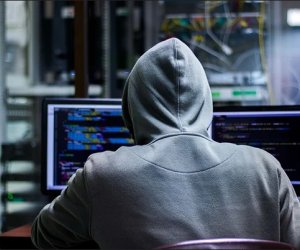



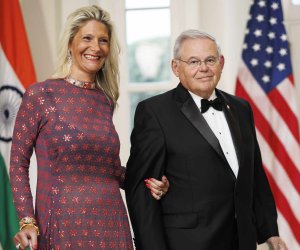
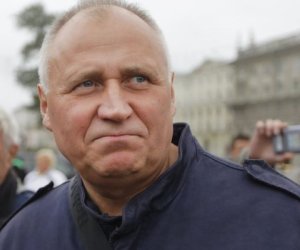
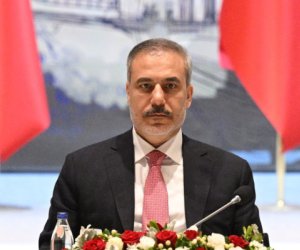

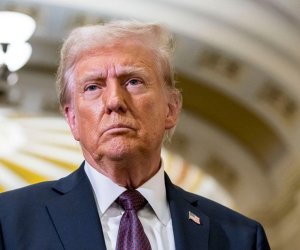



 Photo
Photo 



 Video
Video 

